The difference between golden and silver helical antennas primarily arises from the raw materials and processes used in their fabrication. This article will provide helpful guidance for selecting the right helical antennas by exploring the performance of these materials.
In the antenna industry, golden-colored helical antennas are typically produced using a phosphor bronze acid-washing process, which essentially retains the properties of phosphor bronze. However, some are directly gold-plated.
On the other hand, silver-colored helical antennas are generally made from nickel-plated music wires. Music wire is akind of high-strength carbon steel spring material that has been cold-drawn after quenching.
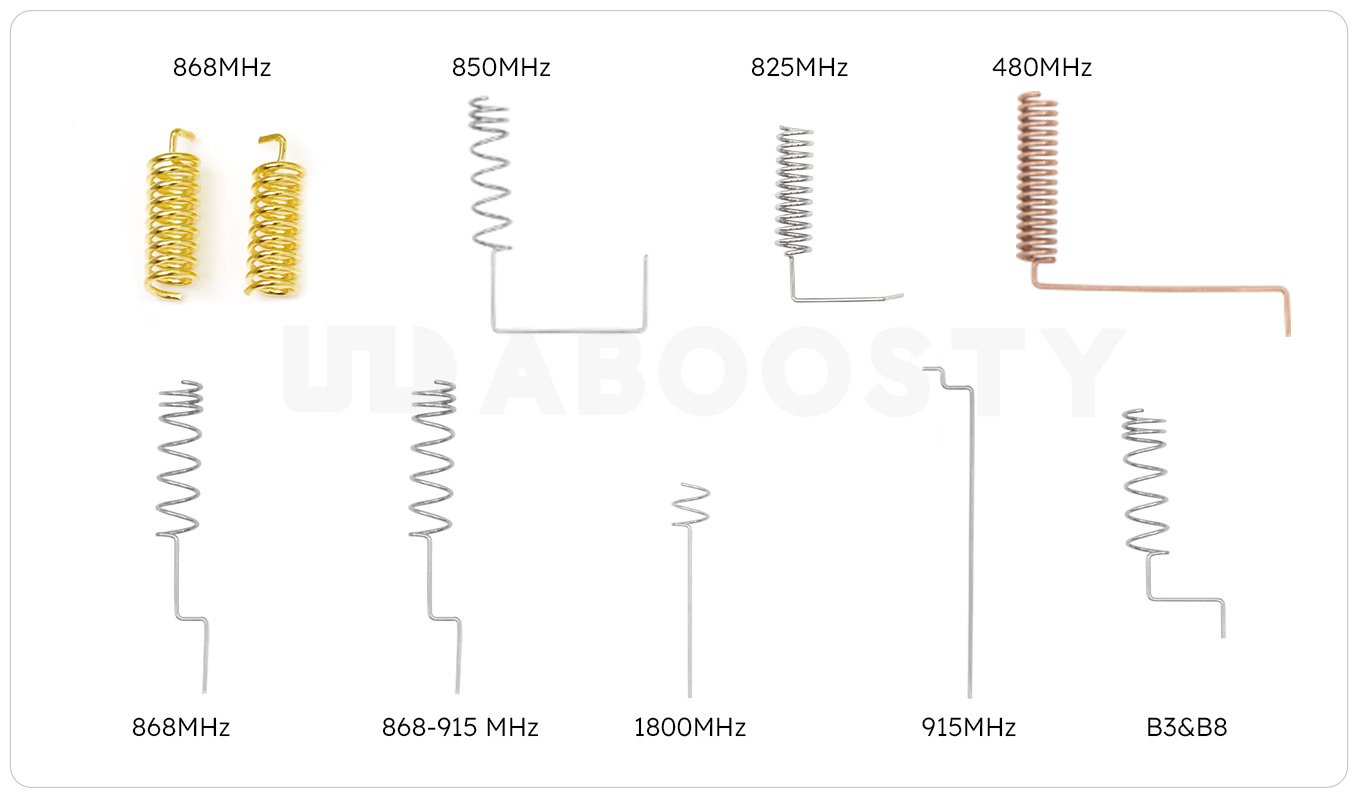
Why Silver-colored Helical Antennas Are Preferred
Comparison of Material Loss and Conductivity
| Material Name | Music Wire | Cuprous oxide | Nickel |
| Resistivity at 20°C (Ω·m) | 1.8 – 2.0×10⁻⁷ | 0.01 – 10 | 0.699 |
The table above demonstrates that carbon steel has relatively higher losses, but it performs significantly better than cuprous oxide.
Helical spring antennas are commonly made of nickel-plated music wire because nickel has excellent oxidation resistance and good conductivity. This makes nickel an ideal choice for helical antenna manufacturing.
While gold-colored spring antennas with a phosphor bronze acid-washing process look aesthetically appealing with
their golden shine, the gloss typically lasts only about a year.
In comparison, nickel-plated music wire
offers better long-term performance.
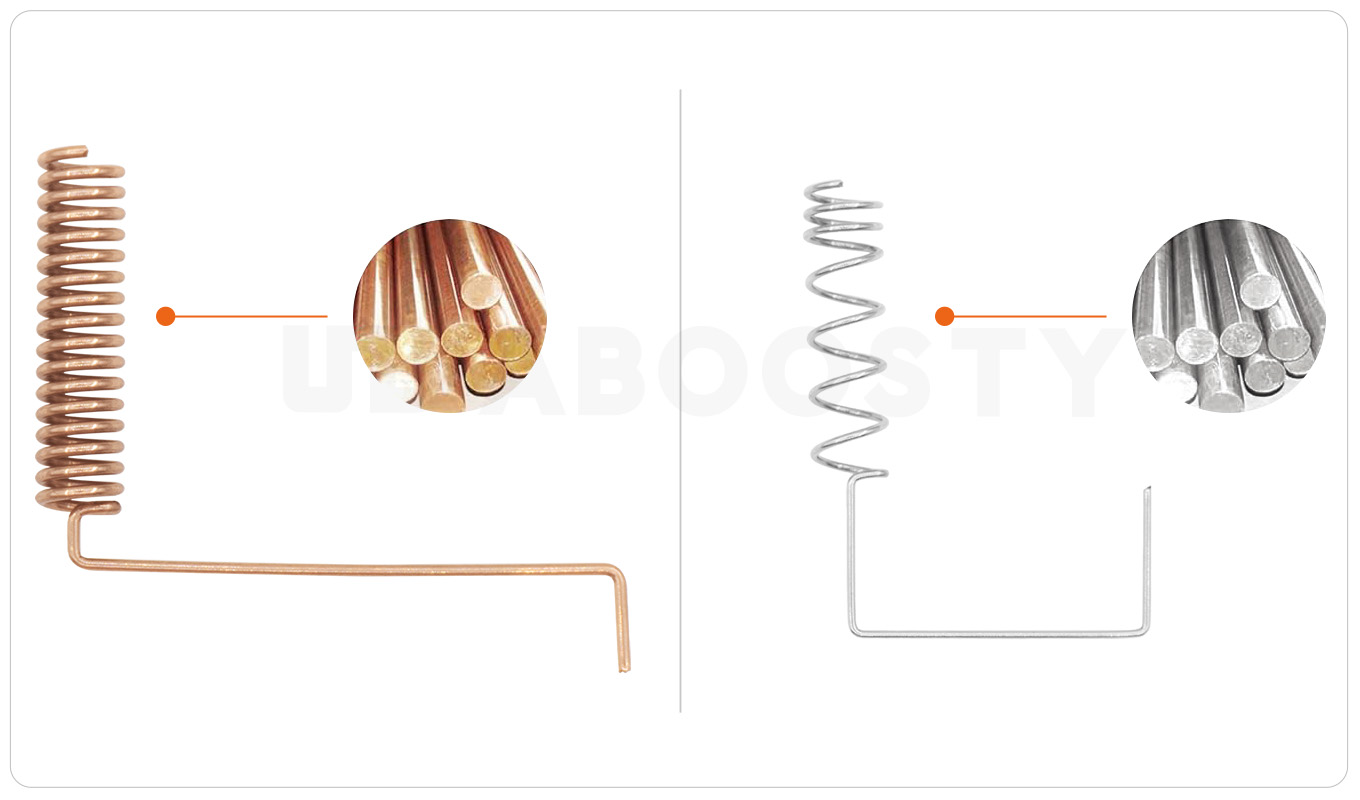
Skin Depth Comparison
At different frequencies, the skin depths for nickel, copper, and gold are as follows:
| Conductive material | Nickel | Copper | Gold |
| Skin depth at 1GHz frequency (μm) | 2.34 | 2.09 | 2.36 |
| Skin depth at 2GHz frequency (μm) | 1.66 | 1.48 | 1.68 |
Note: The skin depth (also known as electromagnetic wave penetration depth) refers to how deep the electromagnetic waves can penetrate the conductor before the current density becomes very low (approximately 1/e of the surface current density).
From the above data, it is clear that the music wire directly used in the antenna doesn’t result in
significant losses. Moreover, manufacturers can improve the performance of nickel-plated music wires.
Additionally, music wire offers better strength and toughness than copper, ensuring better consistency during
packaging and transportation. This makes it a popular choice in the industry. As a result, silver-colored
helical antennas are the preferred option for most manufacturers.
Conclusion
While golden-colored helical antennas are visually appealing, silver-colored helical antennas made from nickel-plated music wire offer superior conductivity, oxidation resistance, and mechanical strength. These advantages make them the preferred choice for long-term performance in the antenna industry.
FAQ
Q1: What is the difference between a helix antenna and a spiral antenna?
A1:
- Spiral antennas have a flat or planar structure, while helix antennas have a cylindrical or conical structure.
- Spiral antennas have a wider bandwidth than helix antennas, but they have lower gain and are less directional.
- Helix antennas have a higher gain and are more directional than spiral antennas, but they have a narrower bandwidth.
Plus: the main difference between a spiral spring and a helical spring is its shape and intended use. Spiral springs are flat and used for low-stress applications, while helical springs are round and used for higher-stress applications.
Q2: What is a spring helix antenna?
A2: A spring helix antenna is a coiled, helical structure often used in wireless communication devices. It combines a spring antenna’s mechanical flexibility with a helical antenna’s electromagnetic performance.
Q3: How does the number of turns in a helical spring antenna affect its performance?
A3: The number of turns in a helical spring antenna mainly affects its gain and bandwidth. Generally, increasing the number of turns results in a higher gain and a narrower bandwidth. However, this relationship is not perfectly linear, and there is often an optimal number of turns for achieving the best performance at a given design frequency. Performance variations can also occur depending on whether the antenna operates in normal or axial modes.
Q4: Can spring helix antennas be customized?
A4: Yes, they can be customized. Parameters like turns, diameter, pitch, and materials can be tailored to match target frequencies, impedance, and environmental conditions, making them suitable for various applications.

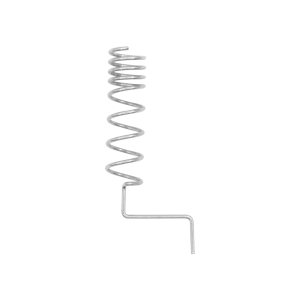
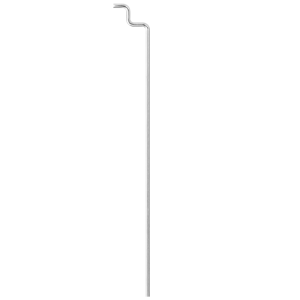
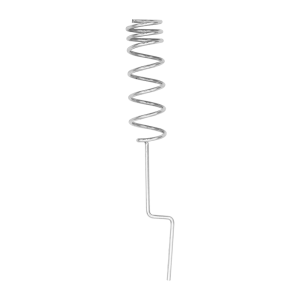
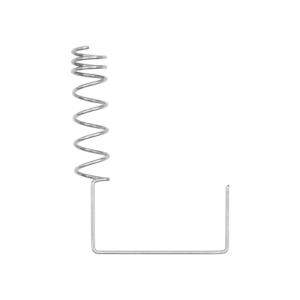
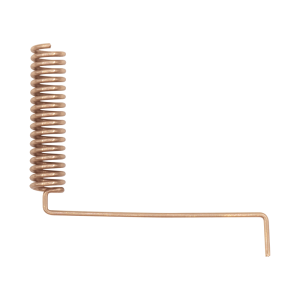
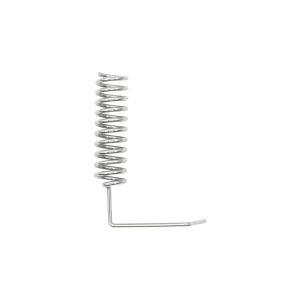
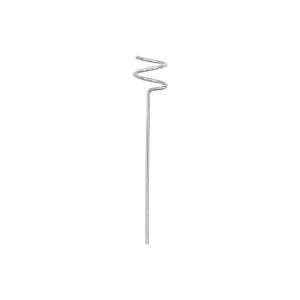
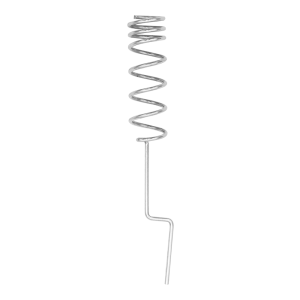
One Response
Thank you for the article. Delighted as always